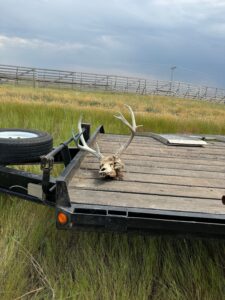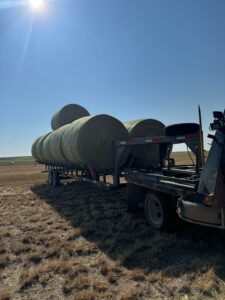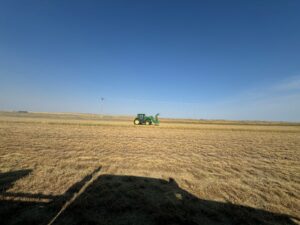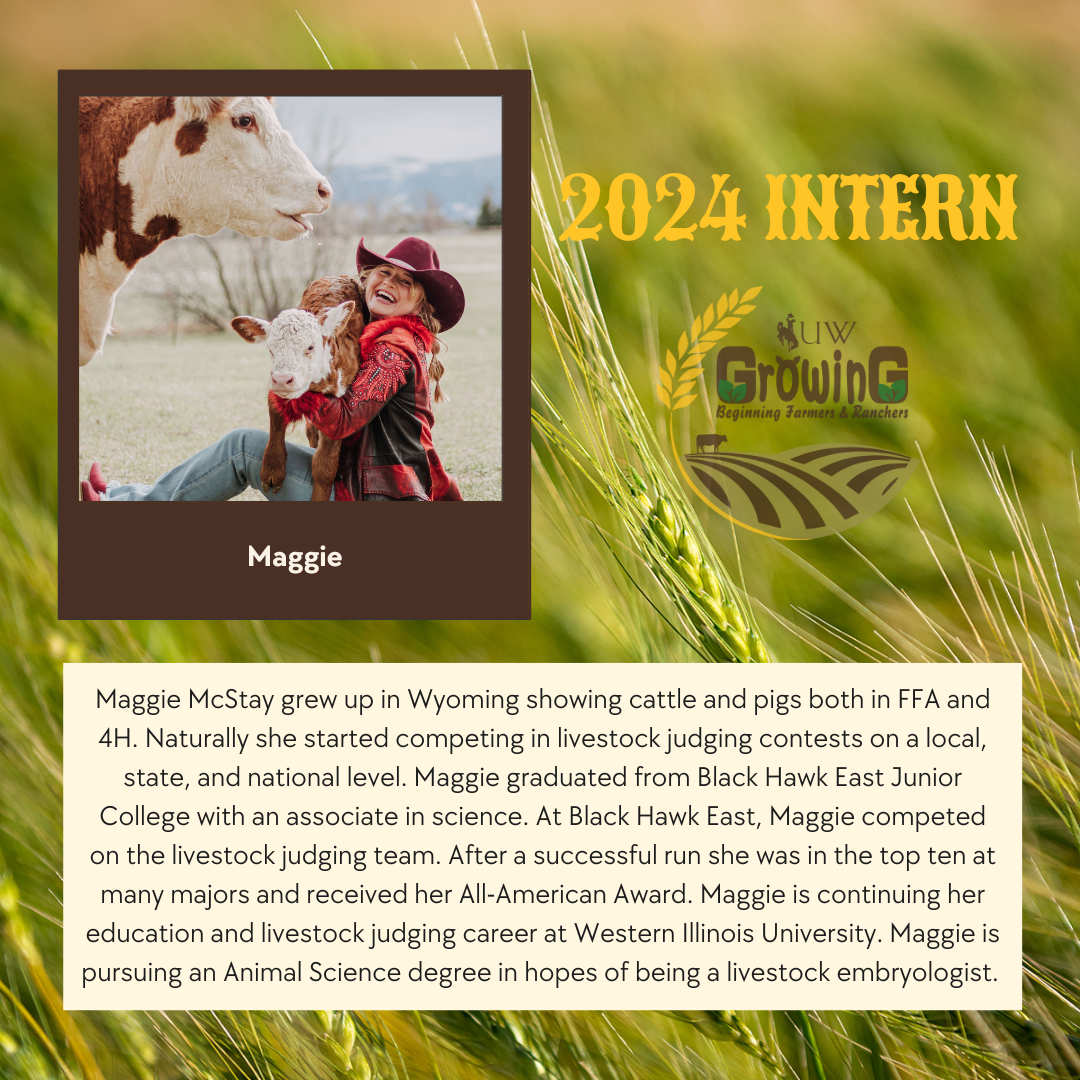The Wyoming Stock Growers Association
#bfrdpwy #aginternship #RightRisk
If you don’t know, the Wyoming Stock Growers Association (WSGA) stands as a pillar of support and advocacy for the state’s ranching community, embodying a legacy of stewardship and innovation in the American West. WSGA has been at the forefront of promoting sustainable ranching practices, preserving open landscapes, and advocating for policies that benefit both ranchers and the environment. WSGA ensures that Wyoming’s ranchers have the resources and representation needed to thrive in a challenging economic and environmental landscape. Their commitment to integrity, tradition, and forward-thinking leadership makes the Wyoming Stock Growers Association an essential force in the preservation and prosperity of Wyoming’s ranching heritage. This tour was an amazing experience and reflected things I want to do in my own operation.

To highlight some of the key points, my favorite part was seeing the ranches’ efforts to better the land for both their benefit and the livestock’s. The SW emphasizes the use of rotational grazing and using electric fences. The operators described the benefits of using both electric fences and rotational grazing practices. Electric fences provide cost-effective and flexible means of livestock containment, enhancing pasture management efficiency while reducing the environmental impact of traditional fencing. Rotation grazing promotes soil health, increases pasture productivity, and prevents overgrazing by allowing vegetation time to recover between grazing periods, thereby supporting sustainable land use and improving overall animal welfare.

To go more in depth, I questioned the use of electric fences at first because it seemed so unconventional. This left me questioning the ins and outs of this operation’s efforts. After contemplating this idea with my host, family, and mentors, I have changed my mindset.
In the end it’s simple, affordable, and easily adaptable. These provide huge benefits when grazing pastures and are a realistic strategy in any operation. With that, the fence worked better with the wildlife. I have thought about the miles of fence I have fixed over the last 10 weeks and how an electric fence could have eliminated most of that work.

The next point I thought was interesting was the cover crop usage and resting fields to prevent overgrazing. Cover crops play a crucial role in soil health by reducing erosion, enhancing soil fertility, and suppressing weeds. They also increase organic matter content and improve water retention, contributing to long-term agricultural sustainability. Pasture rest periods allow soil to regenerate by minimizing compaction and promoting the growth of beneficial microorganisms, which in turn enhances nutrient cycling and supports healthier vegetation for grazing animals. The SW Ranch uses these and it was so interesting to see first-hand how beneficial they are. Moreover, the pasture rest was the hardest for me to contemplate because as a rancher you want your cows to maximize land.
In my own operation, land is limited. This leaves pasture rest very hard to accomplish, especially in a year where it’s dry and there is no rain to come. This is unrealistic in many operations due to limits, but it was awesome the SW can utilize this method. After looking over the pastures that had not been grazed in a year, it was evident that they were in excellent condition.
Submitted by: Maggie McStay
Edits by: GrowinG Internship Team

